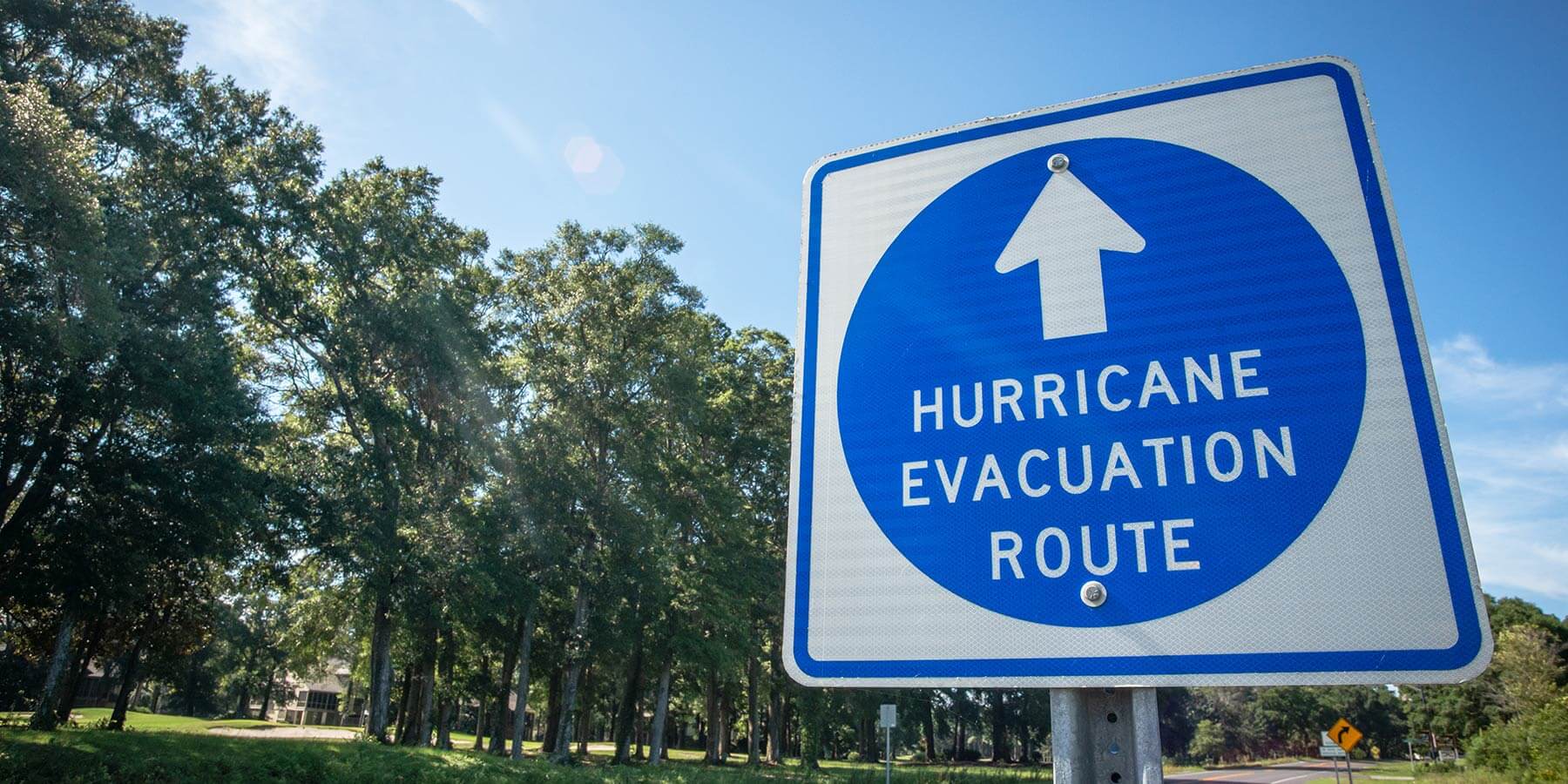The Role of Diversity in Enhancing Resilience
October is Global Diversity Awareness Month, a time to honor the myriad of cultures, backgrounds, and experiences that make our country vibrant. The strength of our nation lies not just in its diversity but also in its ability to incorporate diverse perspectives into vital areas like emergency management. State and local governments have a prime responsibility to better understand the multifaceted populations within their communities to develop more inclusive preparedness and resiliency strategies.
In the realm of emergency management, inclusivity isn’t a mere buzzword; it’s an essential foundation ensuring every community member is considered and can receive the help they need in times of crisis. Understanding that communities host a spectrum of age groups, languages, abilities, economic backgrounds, races, ethnicities, and cultural traditions is imperative. Recognizing and addressing the distinct vulnerabilities each group might face during emergencies is key to effective response and recovery.
Leveraging Demographic Data for Informed Planning
The United States Census Bureau stands as a pivotal resource, offering extensive information on the country’s demographic fabric. This treasure trove of data, spanning aspects like ethnicity, languages, age demographics, and more, allows government entities to fine-tune their preparedness and resiliency initiatives.
Some states, recognizing the importance of population and demographic information in planning, have advanced their data distribution capabilities. Texas, for instance, with its rich cultural tapestry, offers a comprehensive demographic data portal managed by the Texas Department of Transportation. This platform amalgamates data from the U.S. Census Bureau and the Texas Demographic Center, facilitating geographic comparisons and in-depth data analyses. Such tools empower local governments to formulate strategies attuned to their community’s distinct requirements.
The Payoff: Targeted Response and Lasting Resilience
By comprehending the diverse needs of communities, response and recovery initiatives can be more precise and streamlined. This leads to a quicker response, minimizes the overall disaster impact, and fortifies the long-term resilience of a community. By pinpointing and mitigating vulnerabilities and disparities, we pave the way for diminished repercussions in future disasters.
Global Diversity Awareness Month underscores the imperative for the emergency management industry to continually evolve and ensure that diversity remains a crucial component of resilience blueprints.



